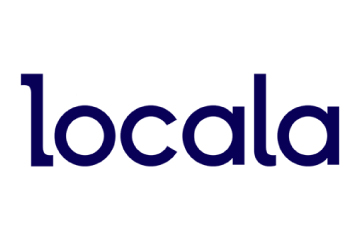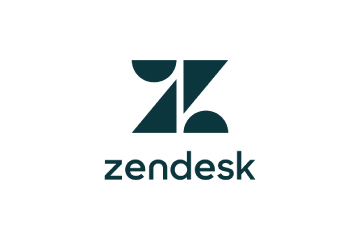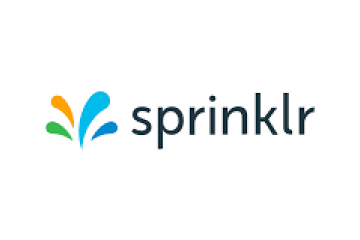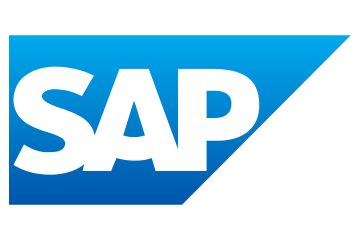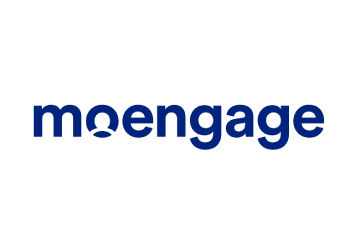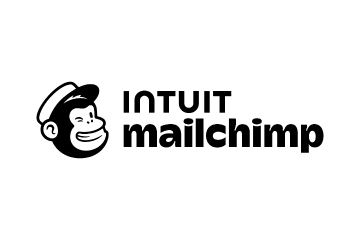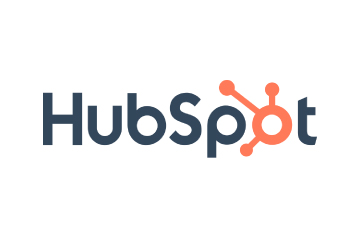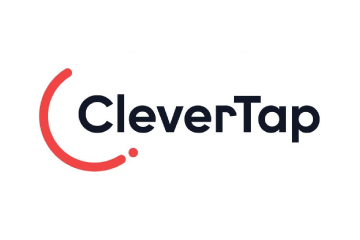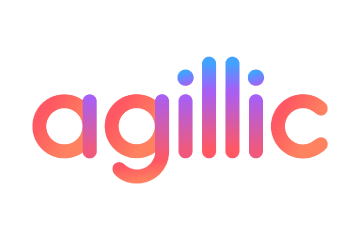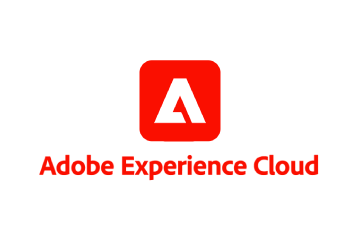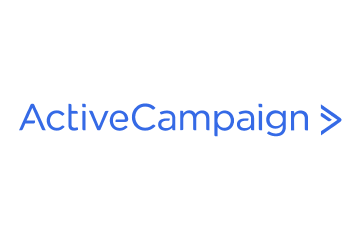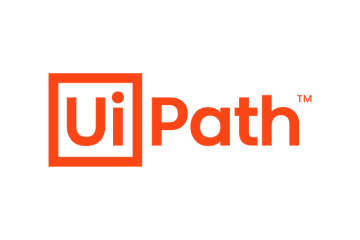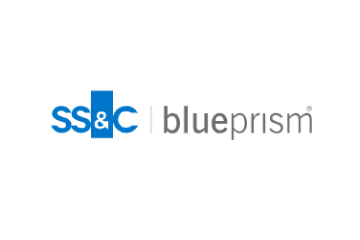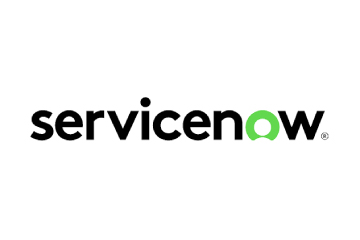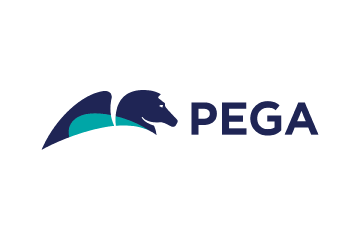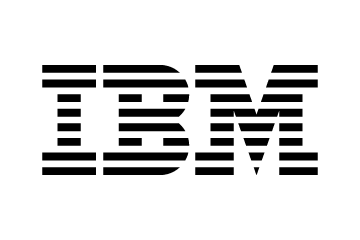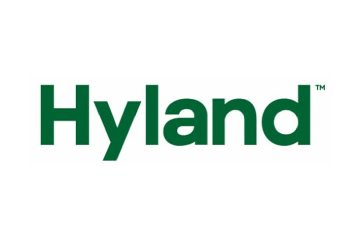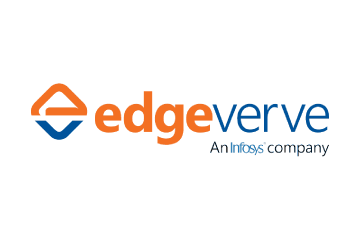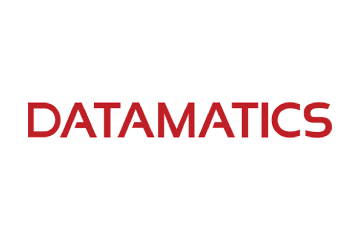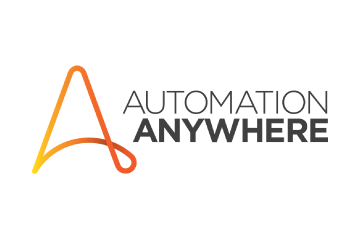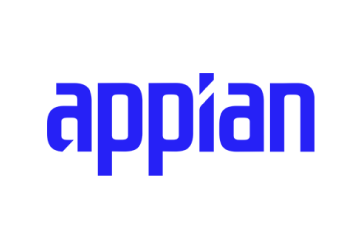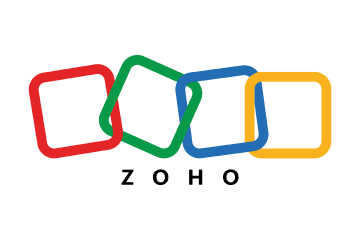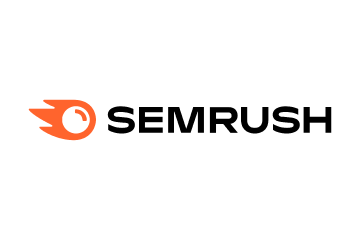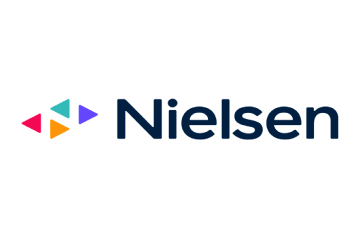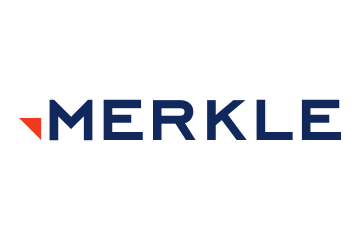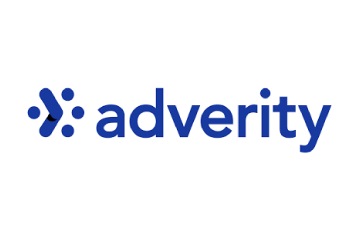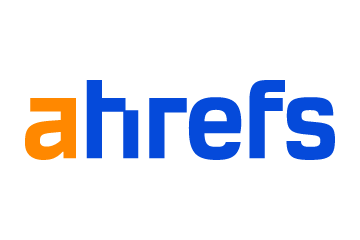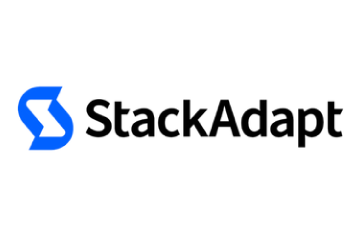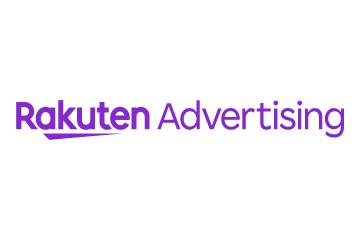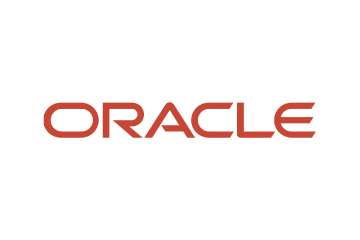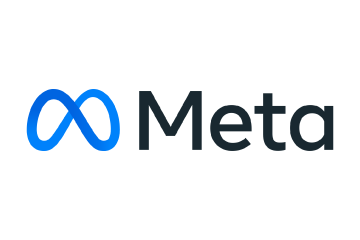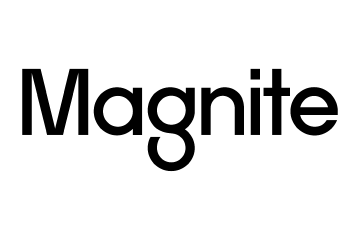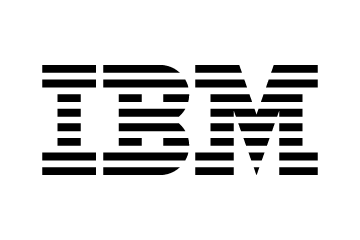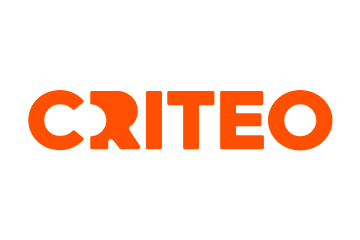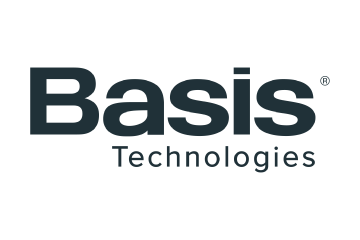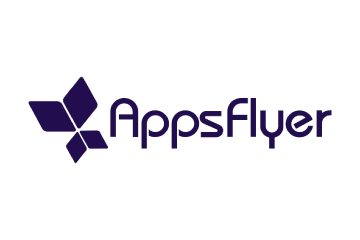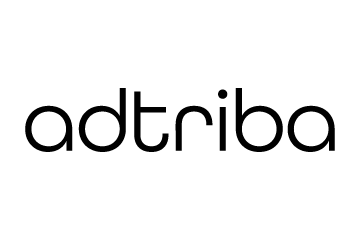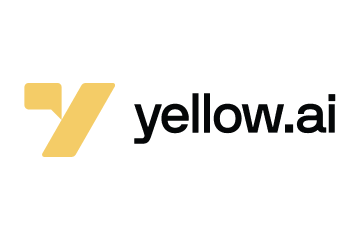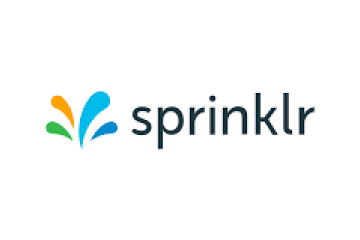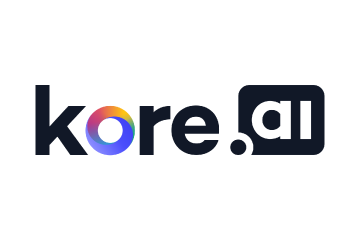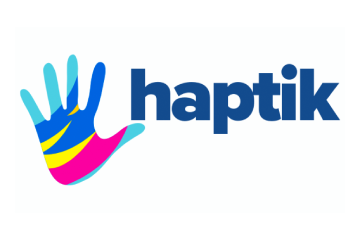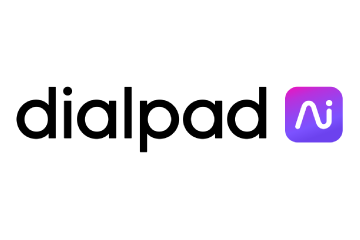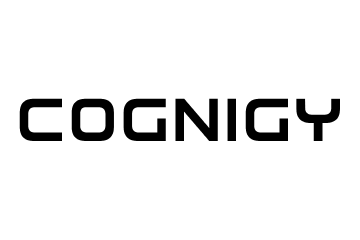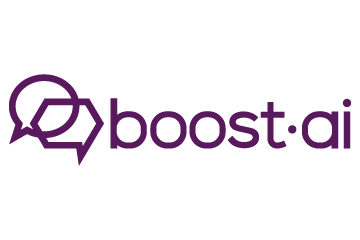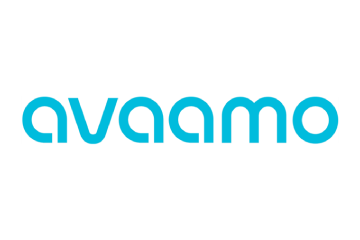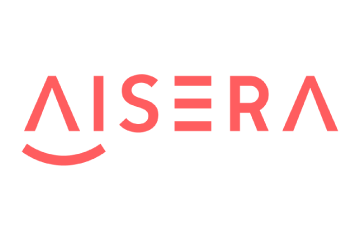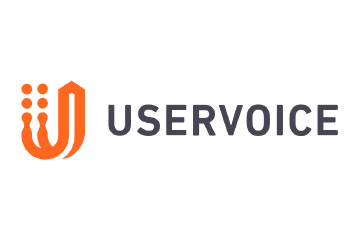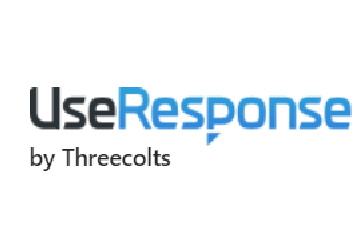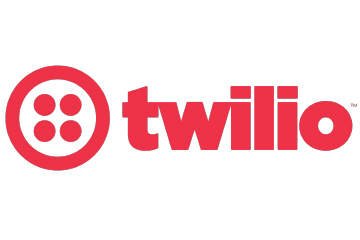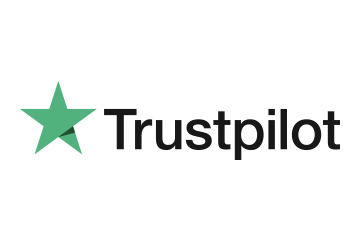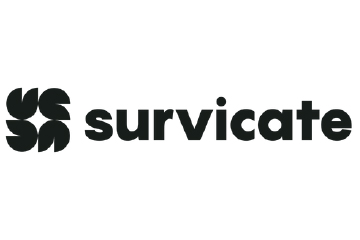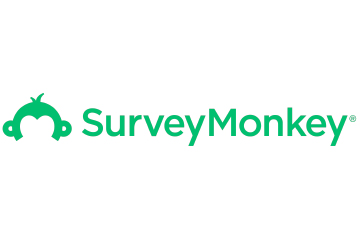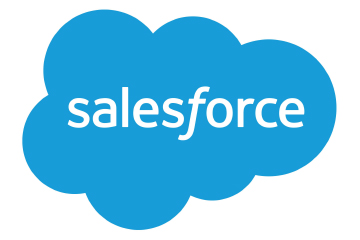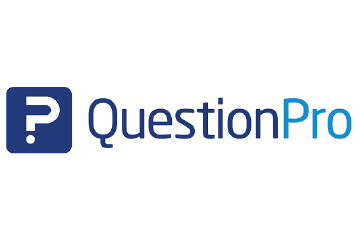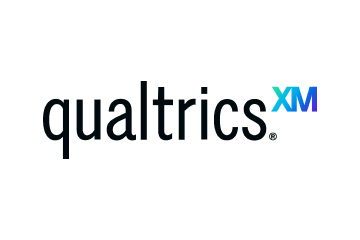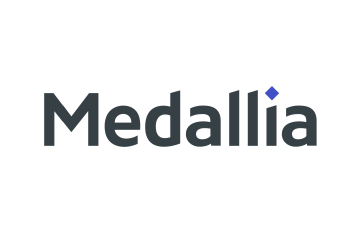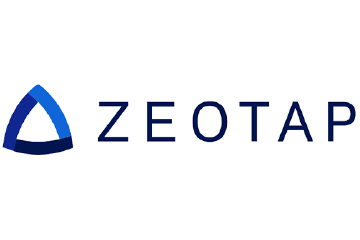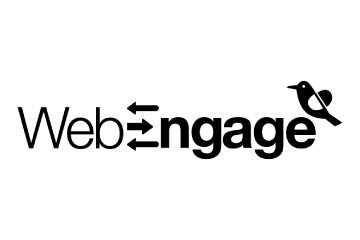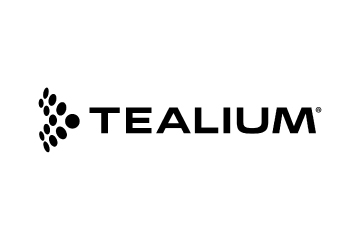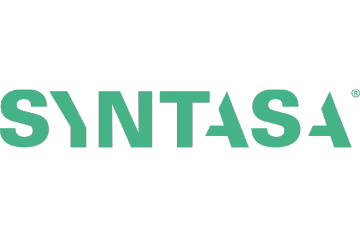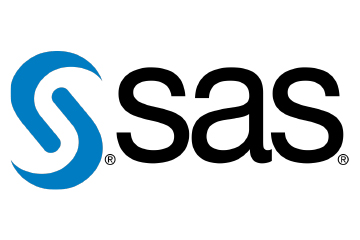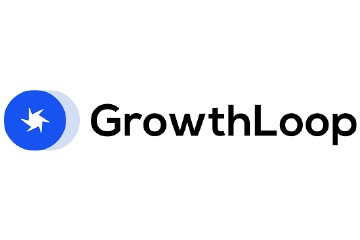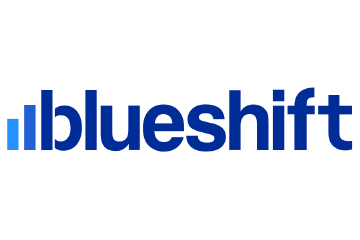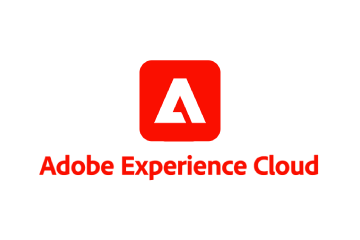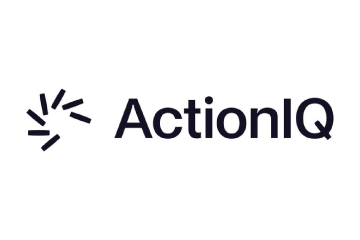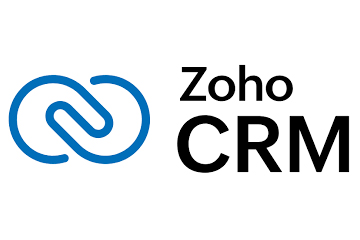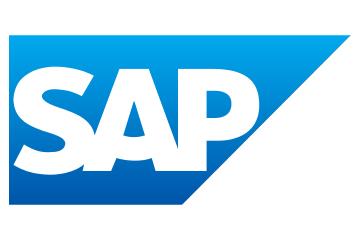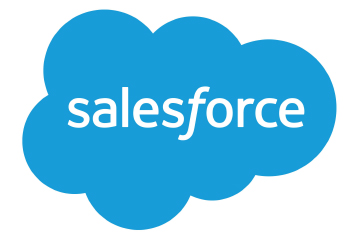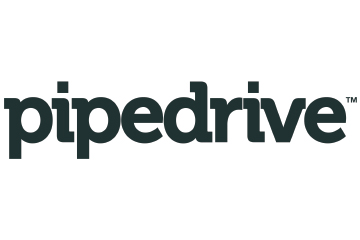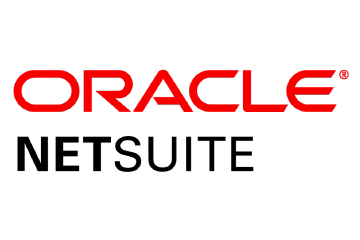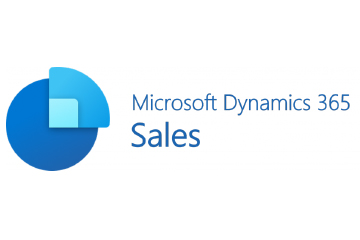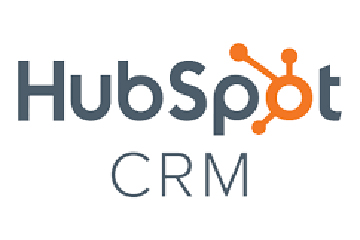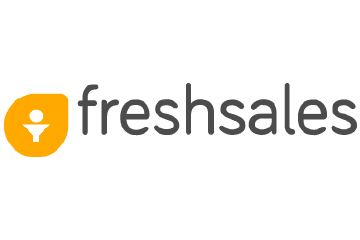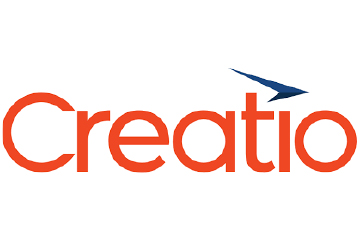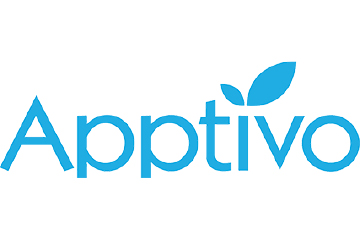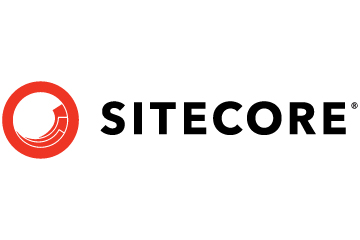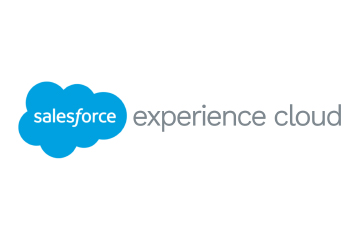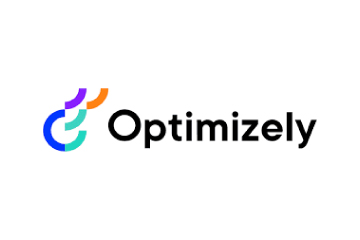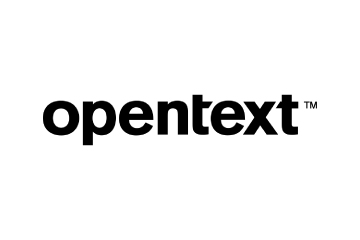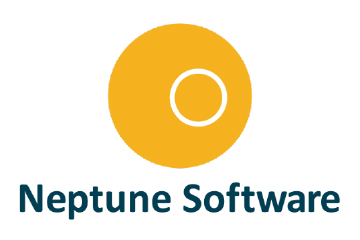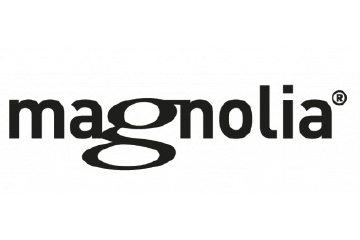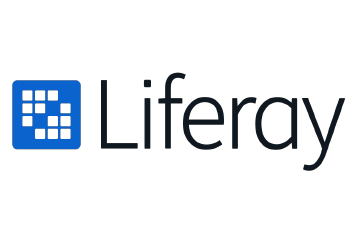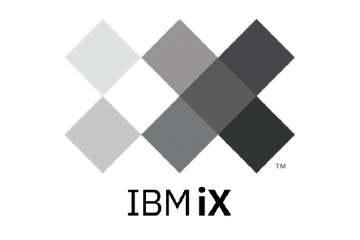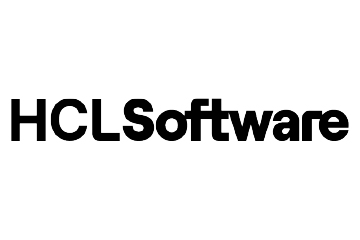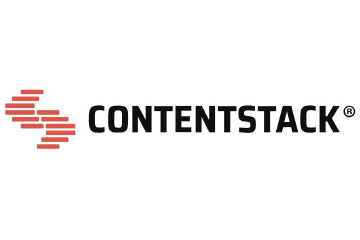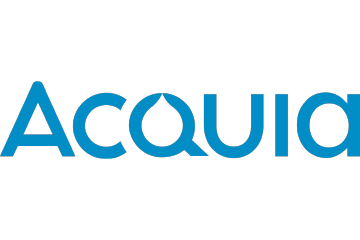How to Control Generative AI Content for Brand Integrity
AI content at scale can drown your unique voice. Here’s how smart digital asset management keeps your brand message clear, controlled and on point.
What to Read Next
- Xumo Introduces Advanced Identity Solution
- Viant Launches Outcomes: Fully Autonomous Open Internet Ad Product
- StackAdapt Launches In-Platform NPI Targeting & Measurement Capabilities
- OpenX Launches OpenXBuild for Real-Time Advertising Control
- MediaRadar Unveils Data Cloud for AI-Ready Marketing Intelligence

Generative AI has transformed brand marketing in unprecedented ways. It has created new opportunities for streamlining workflows, generating content at a large scale, and boosting productivity. By 2026, over 80% of enterprise content will be at least partially AI-generated. This generative AI content will play a significant part in the global digital content creation market that is projected to grow from $27.1 billion in 2023 to $90.4 billion by 2033.
Despite boosting efficiency, there are high risks associated with the influx of generative AI content. For example, many people are starting to question whether generative AI is suffocating brand creativity, rather than enhancing it, as firms introduce AI into their creative processes. If it is implemented in the wrong way, it might do. Brands risk losing creative control and misusing high-value assets if they don’t have the right systems in place. Nevertheless, there are a few potential remedies to such problems. In the era of artificial intelligence, digital asset management (DAM) systems can maintain brand integrity and creative control.
Unchecked AI Output: A Growing Threat to Brand Integrity and Consistency
As reported in 2025 85% of marketers use AI tools for content creation. With just a few clicks, you can easily create dozens or even hundreds of different types of generative AI content using technologies like Midjourney, Firefly, and ChatGPT. However, this ease of creation can be problematic if there is no clear structure in place to keep track of different versions of photos, prose drafts, or videos. Businesses run a risk of accidentally publishing an unauthorised version of their products that should never be public.
In one such instance, a marketing team created more than 60 AI versions of a single ad banner. They nearly published an off-brand version with the incorrect messaging since they were unable to identify the final asset without a DAM in place.
Moreover, brands invest heavily in premium stock libraries, creative teams, and proprietary content. Those valuable assets can be misused or repurposed in ways that violate licensing agreements or degrade a brand’s reputation when AI outputs are not managed adequately.
Performance and Rights Management: Chaos Without Control
Compliance is another growing concern in the AI age. Tracking rights, usage terms, and attribution become increasingly complicated as AI technologies consume and reinterpret source information. Additionally, does the output infringe any rights? Who is the owner of the output? Is it reusable in business contexts?
In the absence of a centralised framework to oversee these rights, teams are operating in the dark, particularly among many AI-generated variants. This poses a risk to businesses’ reputation in addition to legal vulnerability. A misused photograph or an expired licence can easily lead to negative publicity or, in the worst case scenario, to expensive litigation and settlements.
DAM systems can help brands stay on the safe side when it comes to AI content compliance. Ownership, licensing, and usage restrictions can be assigned to metadata fields (e.g., “non-commercial use,” “expires on [date]”). These remain linked to the asset and can be searched or filtered as necessary. With access controls, only authorised users can publish or edit specific assets, which helps ensure that legal or brand-sensitive materials are handled with care. This prevents errors and builds a strong compliance culture across teams.
Protecting Brand Integrity With Structured Approval
Another risk associated with generative AI content is that it often bypasses traditional review workflows. A designer might generate five variations, pick one, and move on without proper oversight from brand or legal teams. That’s how off-brand messaging or unapproved visuals find their way into public-facing campaigns.
DAM systems solve this by embedding review and approval into the storage process. There are more than 100 available formats for previewing assets, including sophisticated media tools like 3D renders and animations. This is quite useful compared to traditional cloud storage like Dropbox or Google Drive. Internal stakeholders can restrict access to unapproved drafts, label versions as authorised or rejected, and directly comment on files.
Role-based permissions also help secure brand discipline. For example, the design team can access AI drafts, while the marketing team can only see a finalised, approved version. This guarantees that every piece of content has undergone the appropriate tests and prevents rogue content from getting published.
Sharing Only What Matters
Once approved, AI-generated content should be easy to access. The so-called “Shared Collections” feature ensures that teams, partners, or vendors always work with the most recent version. If a file is updated, the link automatically reflects the change to avoid any “Oops, we used the wrong version” moments.
Assets can also be tagged with labels like “AI-approved,” “final,” or “for social”, which makes it easy for users to filter and find what they’re authorised to use. This structure dramatically reduces errors and keeps brand messaging sharp and consistent.
DAM: Blending Clarity With Creativity
AI-generated content is handled in a similar way to other digital content in DAM systems, only with added flexibility. For example, it is possible to label content by the AI tool used, store the original prompt, manage version history, and filter assets based on usage terms or project relevance. Custom metadata fields help brands remain flexible and compliant by making it simple to track everything from ownership rights to engagement success.
DAM adoption is rapidly growing, and for a good reason. A tidal wave of content is coming, and without proper systems in place, it could bury brands in chaos. One client manages over a million files across 23 business units. This shows that even massive, complex organisations can regain control with the right tools. Another client reported a 30-40% reduction in campaign preparation time after implementing a digital asset management system.
Although the stream of AI-generated content may at times create chaos, it doesn’t have to impede creativity and damage the brand’s reputation. Businesses can take advantage of AI’s speed without sacrificing creativity, compliance, or consistency by implementing a strong DAM system. It ensures that AI generates suitable content and that the brand thrives rather than declines as a result.






